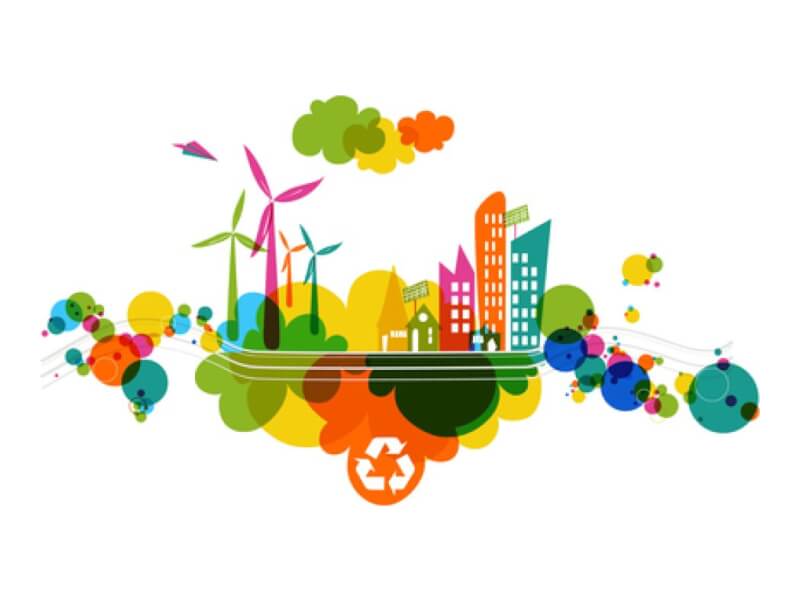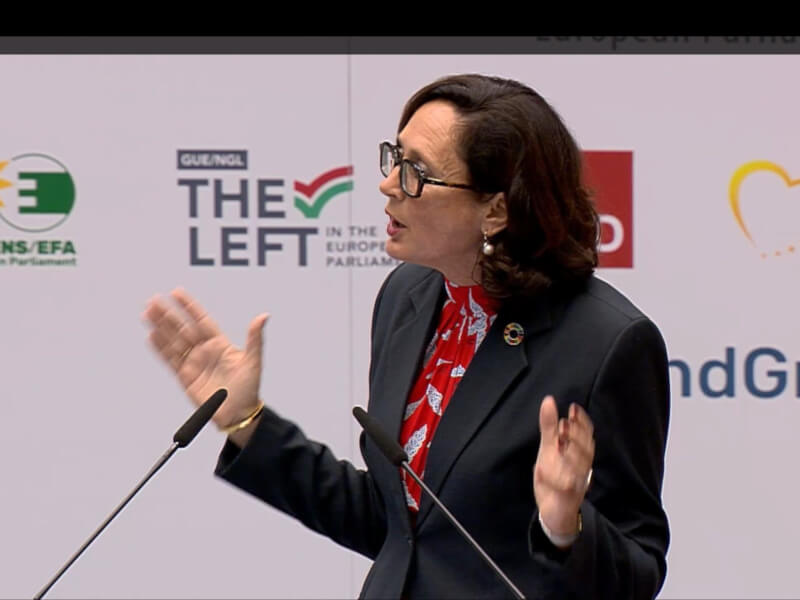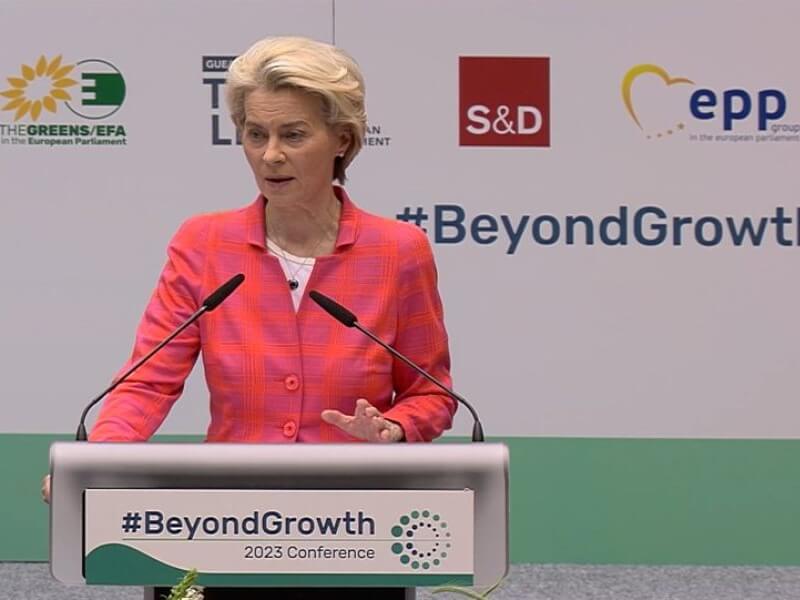21 September 2022 – Despite its dominance as an indicator of progress, GDP was never intended to measure a society’s overall health. Rather, it was intended to measure society’s economic activity level in monetary terms – as the value of the total output of goods and services.
As far back as 1934, the inventor of the indicator, Simon Kuznets, famously said “The welfare of a nation can scarcely be inferred from a measurement of national income as defined by the GDP”, In 1968, Robert Kennedy pointed out that GDP “measures everything except that which is worthwhile”.
While these statements are self-evident, many current government policies and public debates still prioritise short-term economic growth in GDP over long-term resilience, wellbeing and sustainability. Whether GDP growth contributes to the latter remains context specific and depends on the type of growth.
There seem to be two different groups of people promoting GDP as a useful indicator:
- Those who actually think that increasing GDP is desirable as it basically measures money, and more money means more freedom and freedom is good
- Those who agree that GDP itself is not that interesting but argue that there is a close correlation to other factors, such as quality of life, health and wellbeing
Within Earth4All, there is probably a consensus that both these groups miss important aspects of economic, environmental and social health, but it is worth targeting each group with different arguments.
The focus on GDP is rightly being criticised. However, the focus on condemning GDP as an indicator has not always been productive either.
The “growth debate” is ongoing since the indicator was developed and became part of a public controversy since the Club of Rome published The Limits to Growth in 1972. The publication met fierce resistance, mostly by people who did not (want to) understand the message or were blind towards material limitations due to a world view in which markets and price signals would just solve the problem. The Limits to Growth did not argue for a halt in economic activity measured in dollar terms, but to limit material throughput.
But even amongst supporters, controversies and different strains of thoughts developed over time, categorised by terms like “degrowth”, “post-growth” or “green growth”. The debate includes normative, political and empirical questions and often muddled arguments that rather than create clarity, lead to confusion and needless polarisation and division. It is important to be clear that there is a difference between disagreements around causal relationships, like the link between greenhouse gas emissions and growth in GDP, and disagreements about normative objectives like capitalism and pursuit of profit versus self-sufficiency and degrowth. For an overview of the different strands of the debate see The Forum for a New Economy paper on the topic.
In our opinion, it is necessary to differentiate and – considering the rapidly closing window of opportunity to secure a liveable planet for all – focus more on the actual transformations needed regardless of what these mean for GDP. “Being agnostic” about GDP and directing the goals of policy towards wellbeing also includes the recognition that we have to, as Kate Raworth expresses it, “create economies that make us thrive, whether or not they grow (…). Becoming agnostic in this way calls for transforming the financial, political and social structures that have made our economies and societies come to expect, demand and depend upon growth”.
It is of course true that we need to use more relevant indicators of progress than GDP, measuring social and environmental wellbeing and their sustainability. Over the last several decades, the dire consequences of treating GDP growth as a goal in itself have shifted attention toward economic measures that emphasise wellbeing. These frameworks are inherently pluralistic, and many take local circumstances, value systems, and traditions into consideration. They are united in the acknowledgment that human wellbeing requires a broader conception than merely maximising income and consumption.
In order to be effective for between country comparisons, these indicators require international comparability (a huge asset of GDP), public attention and in particular – relevance in the political space (New Zeeland’s wellbeing budget is a positive example). Without that, alternative indicators will remain part of economic ministries reports that no one reads and without further implications. This underscores the need for concrete policy implications as an integral part of the indicator conversation.
While the development and implementation of these indicators and efforts to make those relevant are important, a blind focus on criticising GDP sometimes risks being naïve.
First of all, there is indeed a correlation between GDP and wellbeing for low-income countries. As it is impossible to capture the heterogeneity of economies across the globe in one indicator, GDP can only be a useful measure for specific aspects of the economy (as many other indicators), but should not have such an exceptional position in policy making as is the case today.
The goal of Earth4All is therefore not to eliminate GDP as an accounting metric but to move away from GDP and towards wellbeing as the central guide to societal progress. A singular focus on GDP may not lead to the type of societal cohesion we need to address the challenges we face this century and thereby risks being counterproductive. A viable indicator must include the interdependence of human wellbeing and a healthy planet. Human needs are universal, but how they are satisfied depends on cultural circumstances as Max-Neef has emphasised.
Despite evidence of a successful decoupling of GDP and emissions in some countries, it is yet to be seen if this can be achieved globally at large scale. Especially if one considers the need for decoupling to be absolute, incorporating all planetary boundaries and not just climate change, and enough to respect planetary boundaries. But while this remains a worthwhile question to discuss (with a particular focus on rich countries that must carry the main responsibility of the transformation as they caused the problem in the first place), it doesn’t solve the immediate need to implement global large-scale transformations urgently.
The Earth4All initiative has called these much-needed transformations “extraordinary turnarounds” and calls for:
- Ending poverty. All low- to middle-income countries to have reached a minimum income threshold of USD 15,000 per person per year.
- Addressing gross inequality. The wealthiest 10% should take less than 40% of national incomes.
- Accelerating gender equity globally to improve wellbeing and contribute to stabilising population growth by 2050.
- Transforming the food system to regenerative and sustainable agriculture and providing healthy diets for people within planetary boundaries.
- Transitioning to clean energy on a “Carbon Law” pathway of cutting fossil fuels and other greenhouse gases by half every decade to reach net zero emissions by 2050.
In the recently published book: Earth for All: A Survival Guide for Humanity, all of these turnarounds include specific policy recommendations – with different effects on GDP. Wellbeing is the ultimate goal – meeting human needs, acknowledging the biophysical reality of a finite planet and the need to build resilience. However, we are aware that GDP may grow for a while in low- and middle-income economies to ensure enough service provision. The transformation needed will also have mixed effects on GDP in high-income countries. For example, the electrification of our systems will require huge investments and may thereby increase GDP in the short-term, even considering all efforts towards energy-sufficiency.
What does this mean for the long-term future? The future world economy may be smaller than today due to future population decreases and lower growth rates. More alarmingly, if urgent action is not taken now, we will likely see a decline in wellbeing and we will jeopardise the Earth system preconditions for thriving societies.






